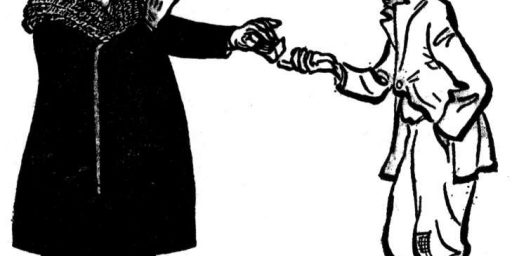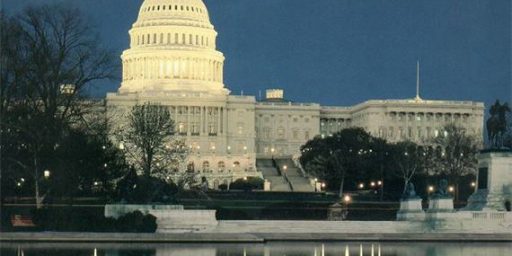POLARIZATION MYTHS
Robert Samuelson argues in Newsweek that, despite the conventional wisdom to the contrary, Americans are not particularly divided on important issues at all.
One of today’s popular myths is that we’ve become a more “polarized” society. We’re said to be divided increasingly by politics (liberals vs. conservatives), social values (traditionalists vs. modernists), religion (fundamentalists vs. everyone else), race and ethnicity. What’s actually happened is that our political and media elites have become polarized, and they assume that this is true for everyone else. It isn’t.
This is an important distinction to be sure. But, of course, the vast majority of the population can hardly be polarized given that they’re so incredibly apathetic. Which means that opinion leaders matter.





I have always been particularly interested in Politics, Policy, and governance. But I have come to believe that the wailing and moaning about the uninterested masses misses the point of American society.
When issues become important, the masses rouse themselves from their supposed slumber, and let their voices be heard. I believe the disinterest is actually a testiment to the American public’s understanding of the proper role of government. Unlike the societies of Central planned government systems around the world, our lives are primarily self-directed; so, people place less importance on government policies until those policies negatively impact on them.
It is a misreading of the American public that the masses are crying out for this or that program. Only those whose livelihood is utterly dependent upon the government or those who look at politics as a hobby who pay close attention. This is also a structural weakness in that interested parties can use the inattention of the general public to cause harm. But overall, when that group overreaches, the public wakes up and slaps them back down.
So I don’t get to riled up over low turnout statistics. In fact, if my reading is correct, then high turnout would actually be an indication of things going wrong, not things going well.
—